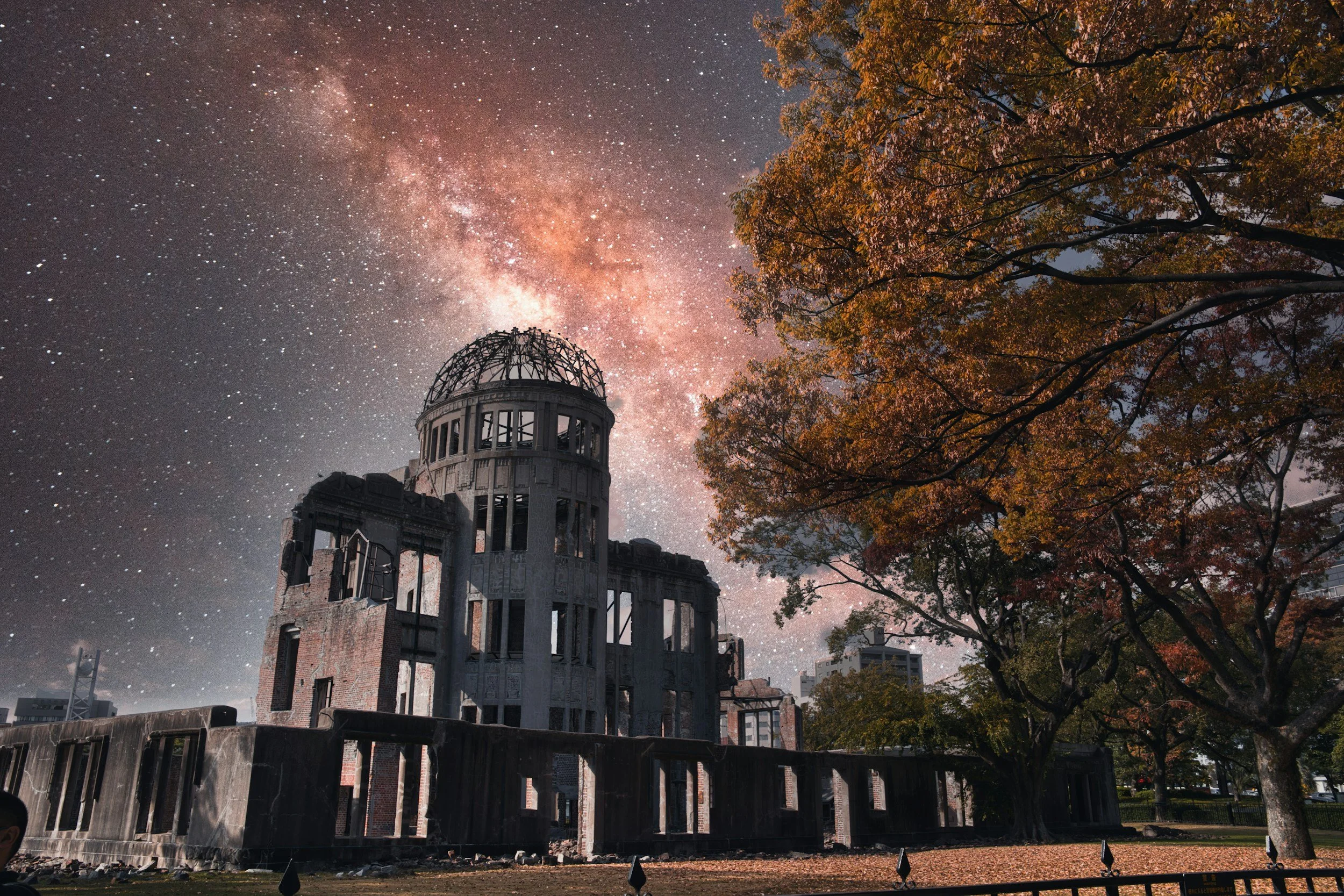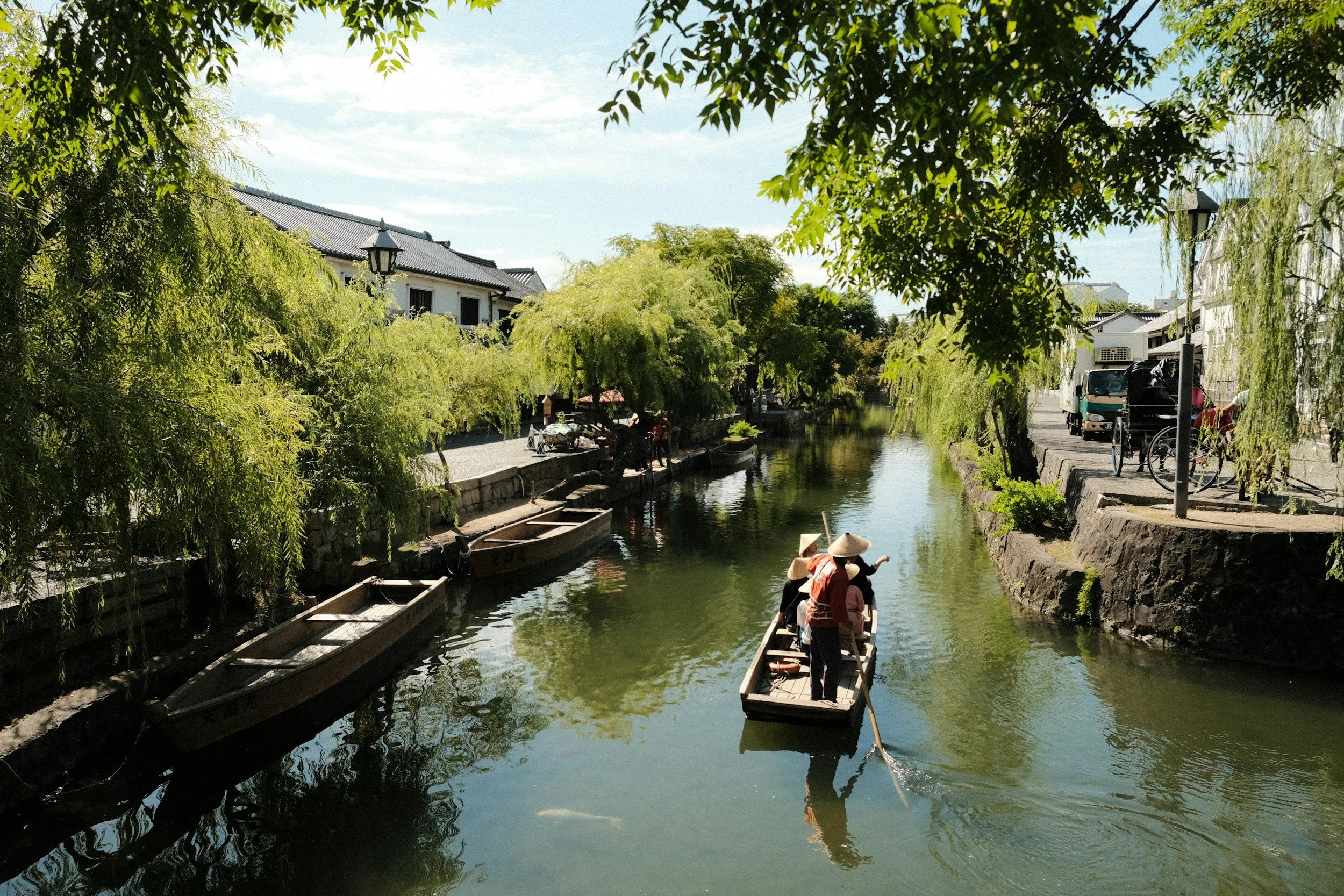
Filming in Chūgoku Region
The Chugoku region of western Honshu combines profound historical sites with striking natural landscapes. Hiroshima’s Peace Memorial Park and Atomic Bomb Dome provide powerful settings for documentaries and reflective films, while Miyajima’s Itsukushima Shrine, with its torii seemingly floating on the tide, offers spiritual tranquility. Tottori’s vast sand dunes evoke desert imagery along the Sea of Japan, Kurashiki’s Bikan district recalls Edo-period commerce with willow-lined canals and white-walled warehouses, and Yamaguchi’s Ruriko-ji pagoda together with Shimane’s Izumo Taisha, one of Japan’s oldest Shinto shrines, deepen the region’s spiritual resonance.
Chugoku offers productions a slower pace and strong sense of authenticity. Historical films exploring wartime Japan or its post-war resilience gain depth in Hiroshima, while travel programs and nature documentaries showcase Tottori’s distinctive sand dunes and Kurashiki’s canal town. Spiritual narratives and Shinto-themed explorations find evocative backdrops in the region’s ancient shrines and pagodas, making Chugoku a versatile setting for both history and reflection.
BARAMON facilitates Chugoku productions by securing permits from multiple administrative bodies, coordinating tide-dependent shoots at Miyajima, and working with memorial authorities to ensure sensitive treatment of historical sites. We manage transportation across the region’s sparsely populated areas and provide cultural interpreters to support interviews with local monks and historians.






